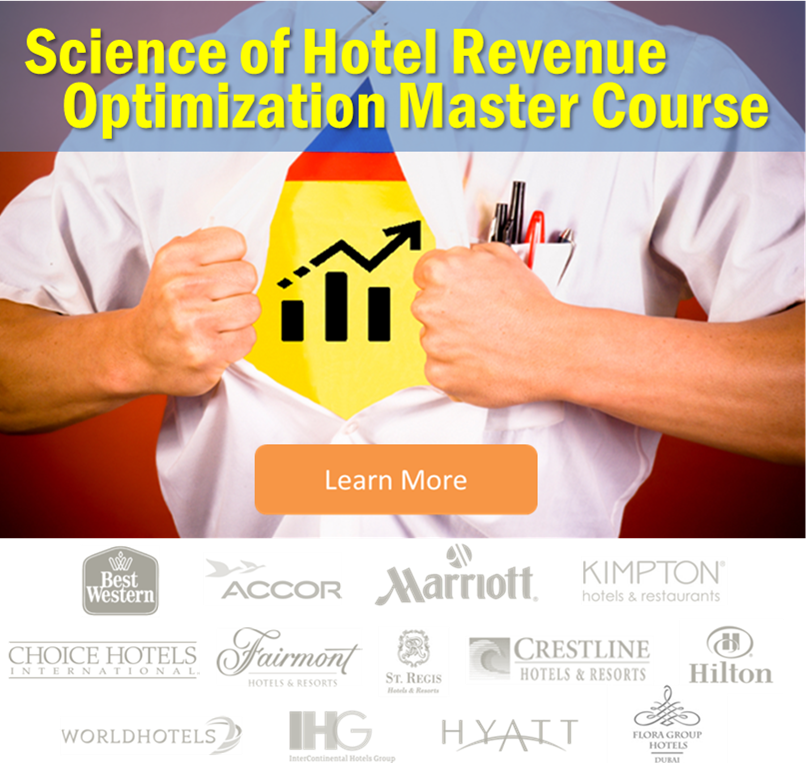
Revenue Managers are often tasked with deploying discounts and promotions in order to boost sales during low periods. The question that immediately follows these actions is whether the bookings would have been generated regardless of the special or promo. How to count whether or not the promotion was successful involves a little bit of math that we will not get into here, except to say that it’s not rocket science. What is more important is first, how you set up a proper pricing experiment, and then, how you show whether a discount or promotion was actually effective. These are the most common mistakes that I see Revenue managers make when they try to explain if a pricing tactic worked.
Not using context.
I often see Revenue Managers evaluate the performance of a promotion without putting it in any context. In other words, they might say that a promotion picked up X number of rooms and generated X amount of revenue but they never compare it to any other performance. Too many Revenue Managers are comfortable assessing pickup as either “good” or “bad” by using their mental model instead of hard numbers. In order to be sure whether a tactic generated significant value or not, it has to be compared to a similar experiment. The problem then becomes what comparison to make.
Comparing different channels.
Comparing promotions and discounts across different channels can be completely deceptive. RM tactics performance should only be compared within the same channel. For example, since it is highly unlikely that any two channels have the same demand pattern, you should stay away from trying to evaluate whether OTAs react better than the GDS to an advanced booking discount. That type of comparison will inevitably lead to unfounded conclusions.
Comparing different time periods.
Comparing the effectiveness of a promotion that you ran in September to the results that you achieved in March is insanity. That may seem obvious, but many RMs have told me that they are unwilling to try a discount in one season because it did not have the same return as in another season.
Comparing different booking windows.
If you publish a promotion for arrival dates 30 days out, make sure that you compare the performance only to the pick up that is expected during a similar 30 day out booking window. Unless you have proven that two booking windows have the same exact elasticity, there is absolutely no reason to compare pick up across different windows.
Comparing different guest types.
In the hotel business, a lot of promotional ideas are often killed because they are compared to the performance of promotions that have different targets. If you run a promotion that appeals to “relaxation weekenders” do not compare it to a promotion that you released for “adventure weekenders.” You should only be evaluating whether the promotion was effective for the guest type that you targeted. This involves having very detailed guest segmentation and if you don’t have that you are basically guessing at whether your promotion was effective or not.
When you publish a discount or promotion keep in mind that you will have to make an evaluation of its performance at the end of the run. In order to do this effectively, you have to set up your experiment in a way that makes it possible for you to compare apples to apples. If you don’t do this, your conclusions will probably be completely biased which will lead you to either continue to run unprofitable tactic or, worse yet, abandon a profitable one.
